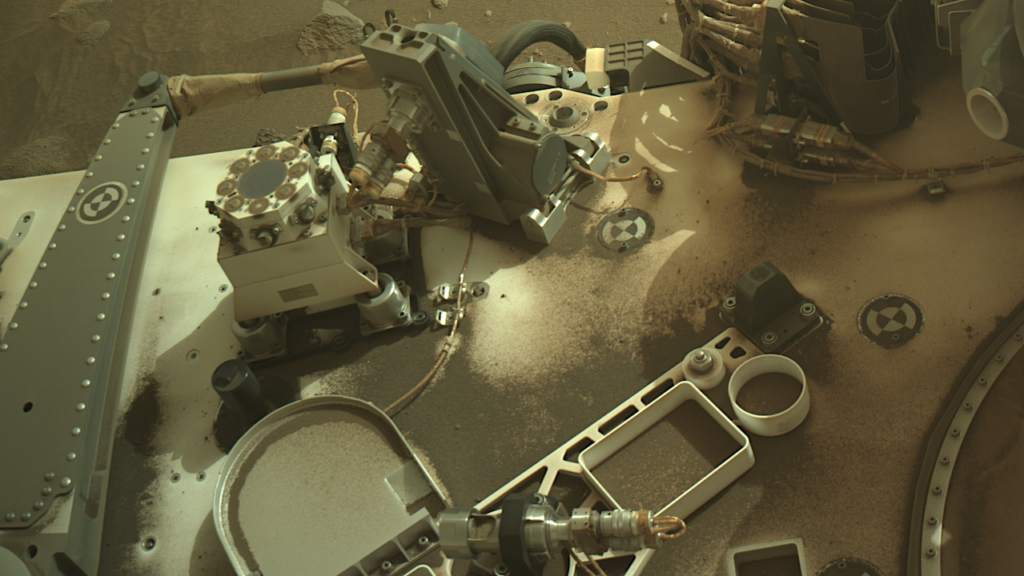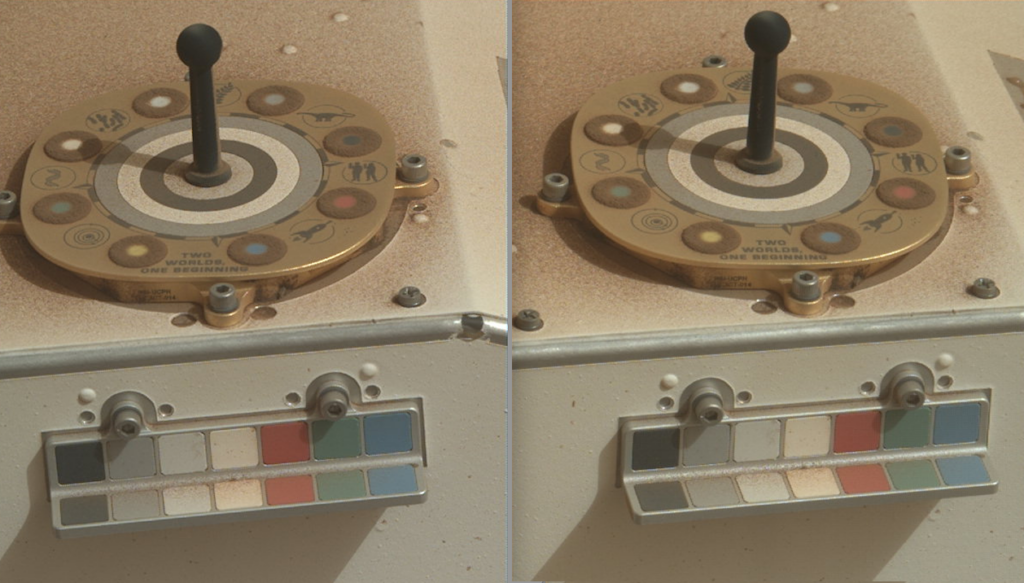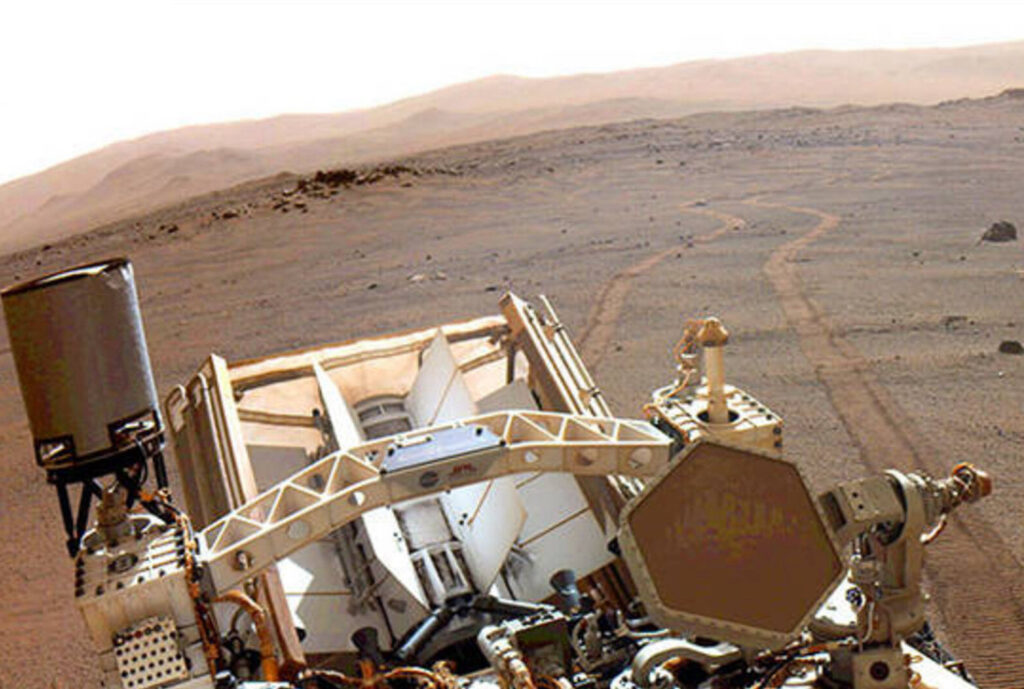Radar Evidence Of Subglacial Liquid Water On Mars

The presence of liquid water at the base of the Martian polar caps has long been suspected but not observed. We surveyed the Planum Australe region using the Mars Advanced Radar for Subsurface and Ionosphere Sounding, a low-frequency radar on the Mars Express spacecraft.
Radar profiles collected between May 2012 and December 2015, contain evidence of liquid water trapped below the ice of the South Polar Layered Deposits. Anomalously bright subsurface reflections were found within a well-defined, 20km wide zone centered at 193°E, 81°S, surrounded by much less reflective areas.
Quantitative analysis of the radar signals shows that this bright feature has high dielectric permittivity >15, matching water-bearing materials. We interpret this feature as a stable body of liquid water on Mars.
R. Orosei, S. E. Lauro, E. Pettinelli, A. Cicchetti, M. Coradini, B. Cosciotti, F. Di Paolo, E. Flamini, E. Mattei, M. Pajola, F. Soldovieri, M. Cartacci, F. Cassenti, A. Frigeri, S. Giuppi, R. Martufi, A. Masdea, G. Mitri, C. Nenna, R. Noschese, M. Restano, R. Seu
(Submitted on 9 Apr 2020)
Comments: 27 pages, 10 figures
Subjects: Earth and Planetary Astrophysics (astro-ph.EP)
Journal reference: Science 361, 490 (2018)
DOI: 10.1126/science.aar7268
Cite as: arXiv:2004.04587 [astro-ph.EP] (or arXiv:2004.04587v1 [astro-ph.EP] for this version)
Submission history
From: Roberto Orosei
[v1] Thu, 9 Apr 2020 15:16:12 UTC (1,864 KB)
https://arxiv.org/abs/2004.04587
Astrobiology








